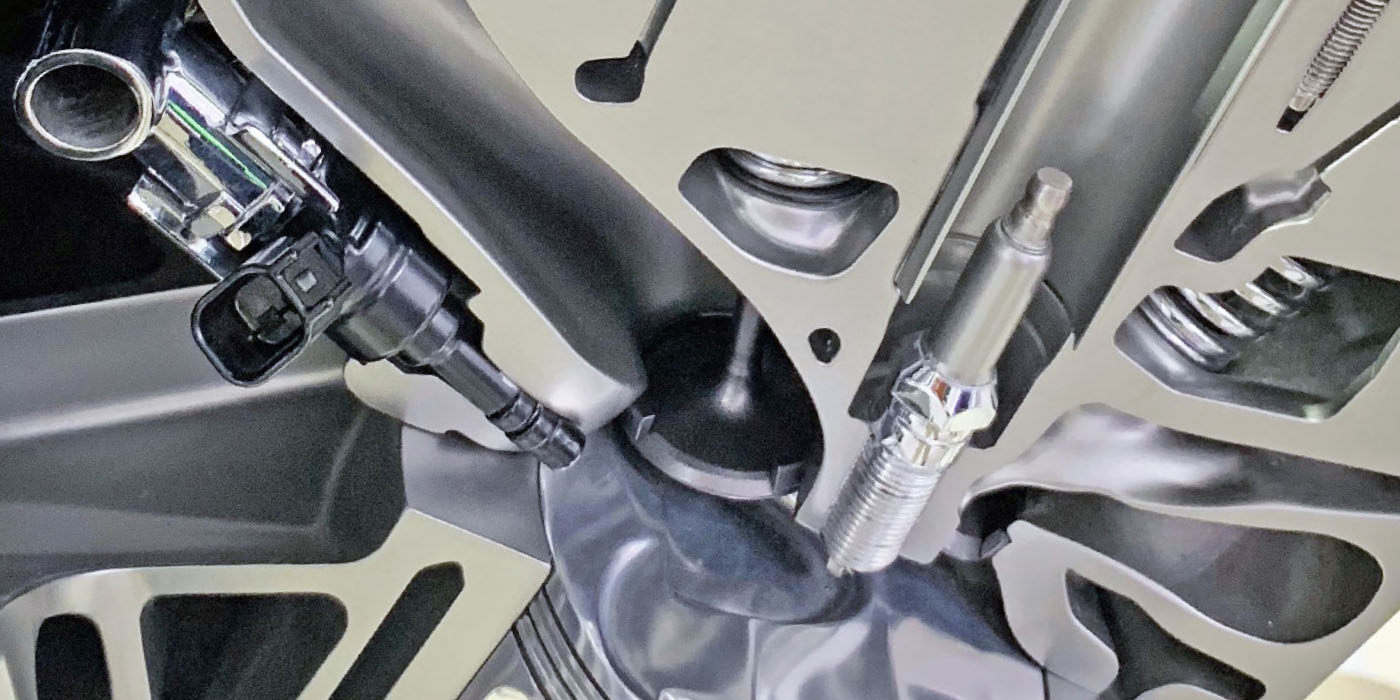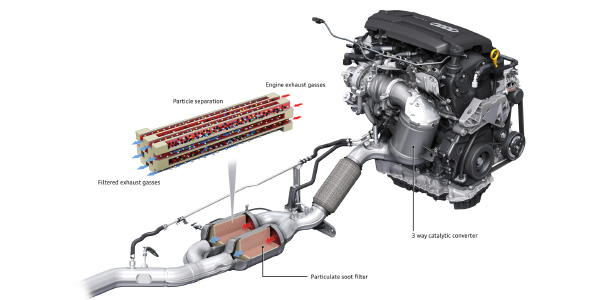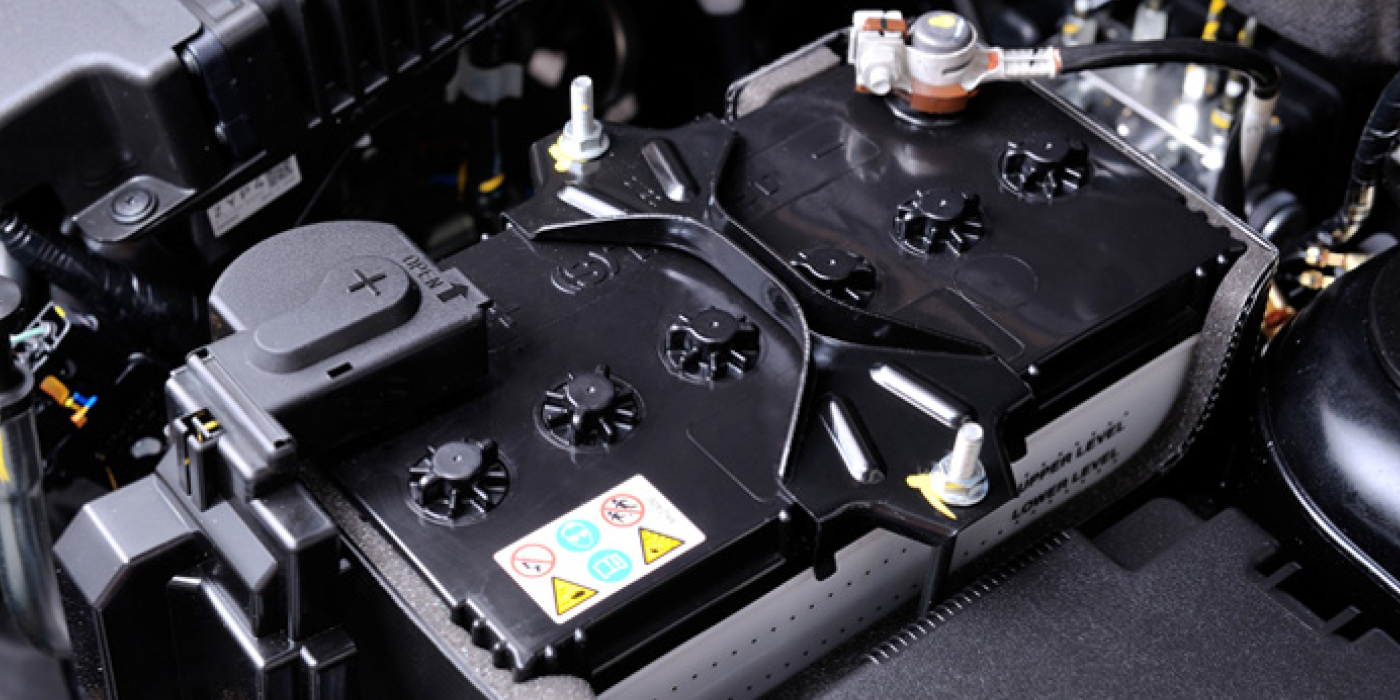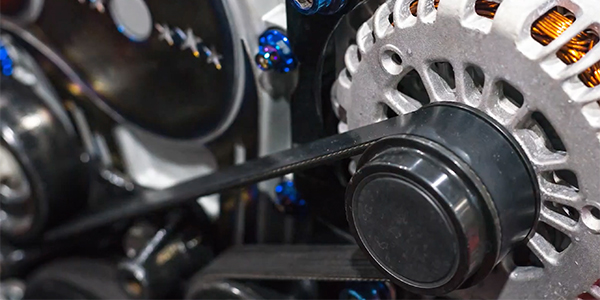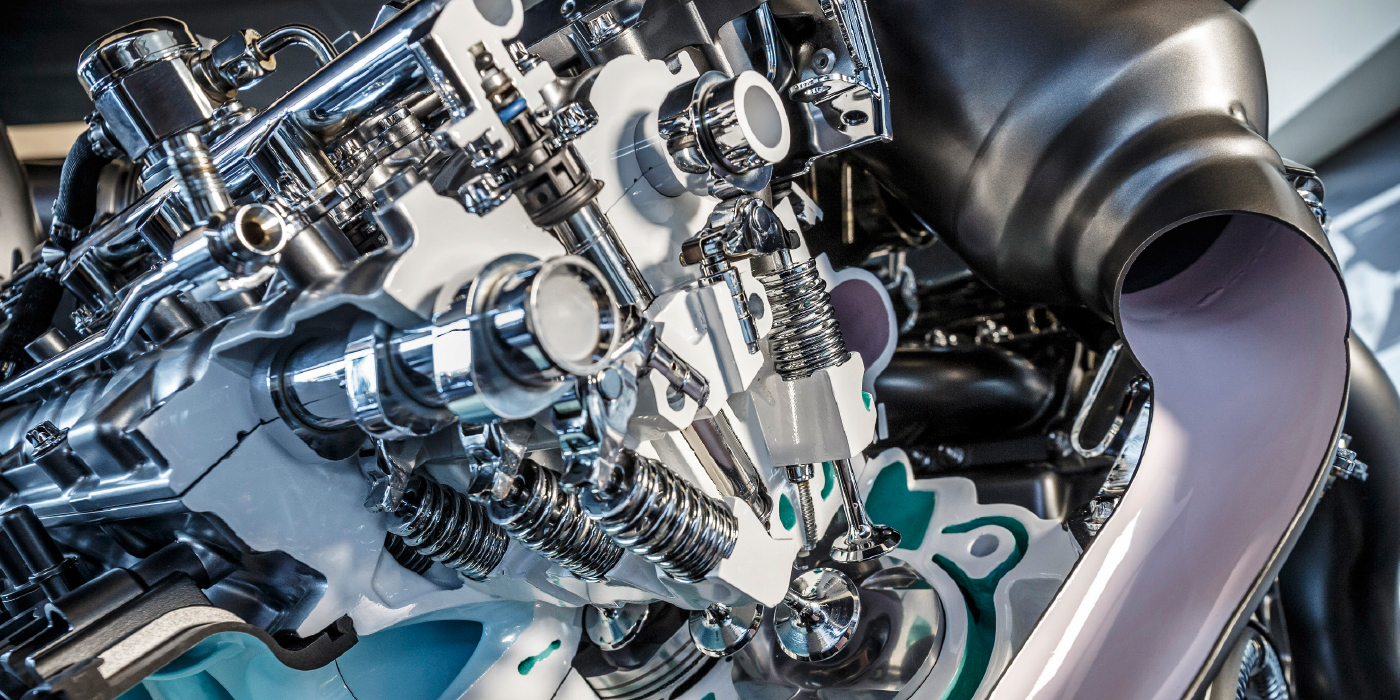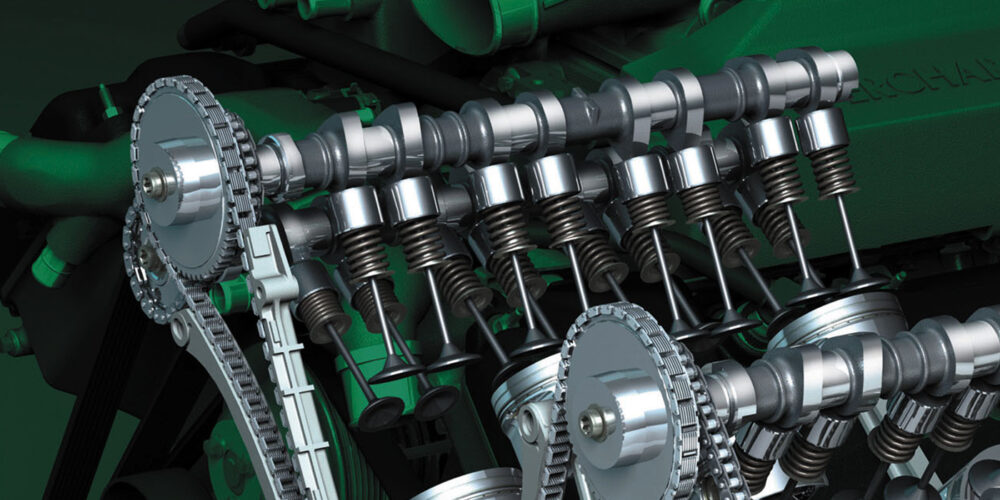The perfect internal combustion vehicle would be able to put the exact amount of fuel and air into the combustion chamber. If the perfect combustion event happened, you would get nothing more than water and carbon dioxide. There would not be any unburned fuel or oxygen. It would also be at the right temperature so oxides (“hyperactive” oxygen turned on by higher temperatures) would not combine with nitrogen and carbon to form nitric oxides (NOx) and carbon monoxide (CO). This perfect car would not need a catalytic converter or any other emission-control device.
We are not there yet. In the mean time, we have exhaust gas recirculation systems (EGR), secondary air injection and catalytic converters.
EGR Systems
EGR systems put a small amount of inert gas into the combustion chamber to control the temperatures. Since exhaust gases do not typically burn, this lowers the combustion temperature and reduces NOx emissions from the engine.
When things heat up in the combustion chamber to temperatures around 1,300° C or 2,500° F, oxygen and nitrogen start combining with each other and form NOx and CO.
By putting exhaust gases into the combustion chamber, the air fuel mixture is watered down by the inert exhaust gases. This slows down the combustion process and lowers combustion temperatures to levels where NOx does not form.
Secondary Air Injection Systems
Secondary air injection systems pump outside air into the exhaust stream so unburned fuel can be burned. Early systems have a belt-driven air pump. Newer aspirated systems use the vacuum created by an exhaust pulse to pull air into the pipe. The latest systems use an electric motor to pump air. These systems are critical for the life of the catalytic converter.
Electric motor systems can be found on many new vehicles like the GM LS series, Toyota V8s and California emission Ford 3.8 V6s and 2.0 four cylinder. These systems typically are active during the first 20 to 120 seconds of engine operation by forcing air downstream into the exhaust manifolds to oxidize the hydrocarbons and carbon monoxide created by running rich at startup. The system injects the correct amount of air using inputs like coolant temperature, air temperature and oxygen sensors.
Catalytic Converter
Under ideal conditions, a three-way catalyst can reduce somewhere between 50% and 95% of NOx emissions and 99.9% of the unburned fuel. It is the last stop for pollutants, and if an emissions system upstream is compromised, it can only compensate so much before tailpipe emissions increase.
Diagnostics
To properly diagnosis a high-emission vehicle, you must look at it like an engineer looking at the entire system, from the air intake to the exhaust pipe. When a vehicle is engineered, it must meet a specified emission level. To do this, an engineering team will balance the systems and make them work in harmony so the price is affordable.
If a vehicle has a combustion chamber design that has higher than normal temperatures, the engineers will balance out the amount of exhaust gases introduced to the combustion chamber to the size of the converter so the vehicle meets mandated emission levels and the warranty period.
Lifter Deactivation
The area of contact between the lifters and cam lobes is the highest loaded surface inside an engine.
The basic function of a valve lifter is pretty simple. It sits on the camshaft and transfers the motions of the cam lobe up through the pushrods and rockers to open and close the valves. The size and shape of the cam lobe under the lifter (multiplied by the ratio of the rocker arms) determine valve lift and duration. As such, the lifter just follows the motions of the cam. But, it does play a role in valvetrain lash (clearance) and noise.
Tech Tip: No Start in Cold Weather Due to No Weep Hole
This condition can be caused by condensation freezing in the muffler assembly.

Determining Catalytic Converter Efficiency
Almost every part on the engine determines how long a catalytic converter will last.

Talking To Customers About Oxygen Sensors
One of the toughest components to sell as a maintenance item, or even a replacement item, is an oxygen sensor.
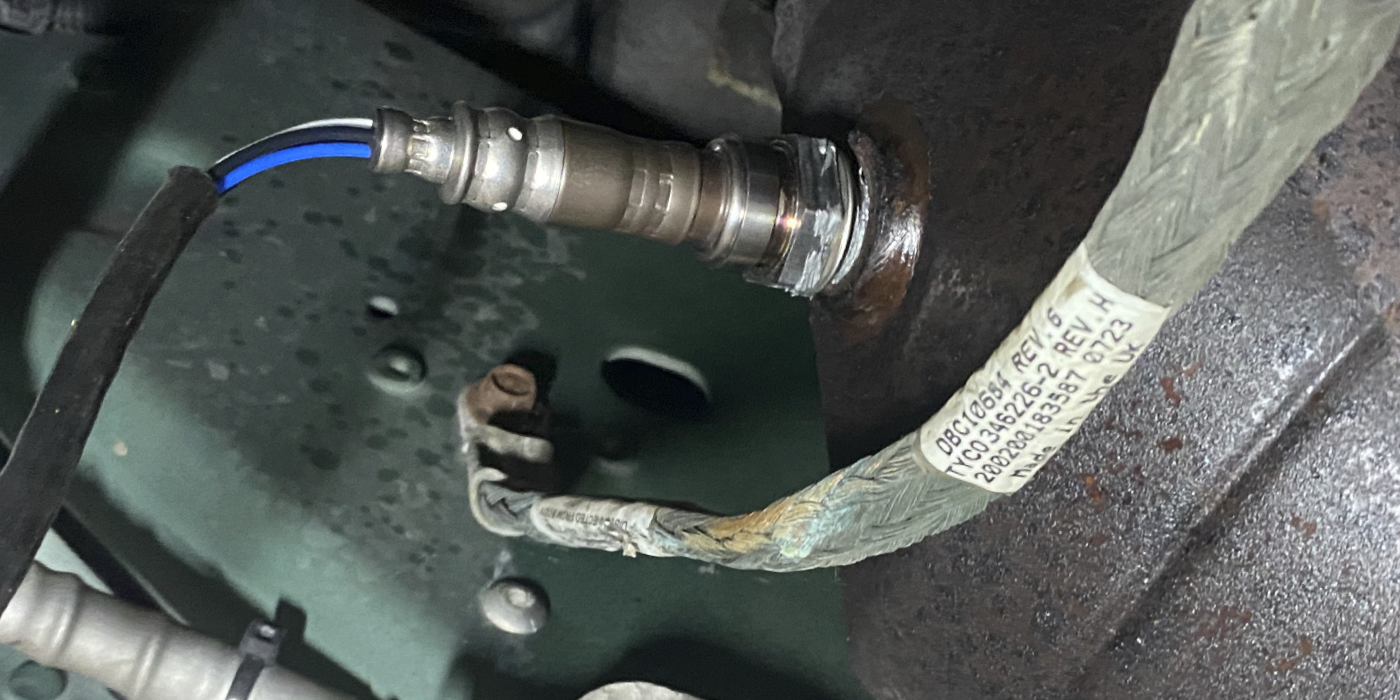
PCV System DTC
PCV systems are far more complex now, but they are also much better at controlling crankcase pressure.
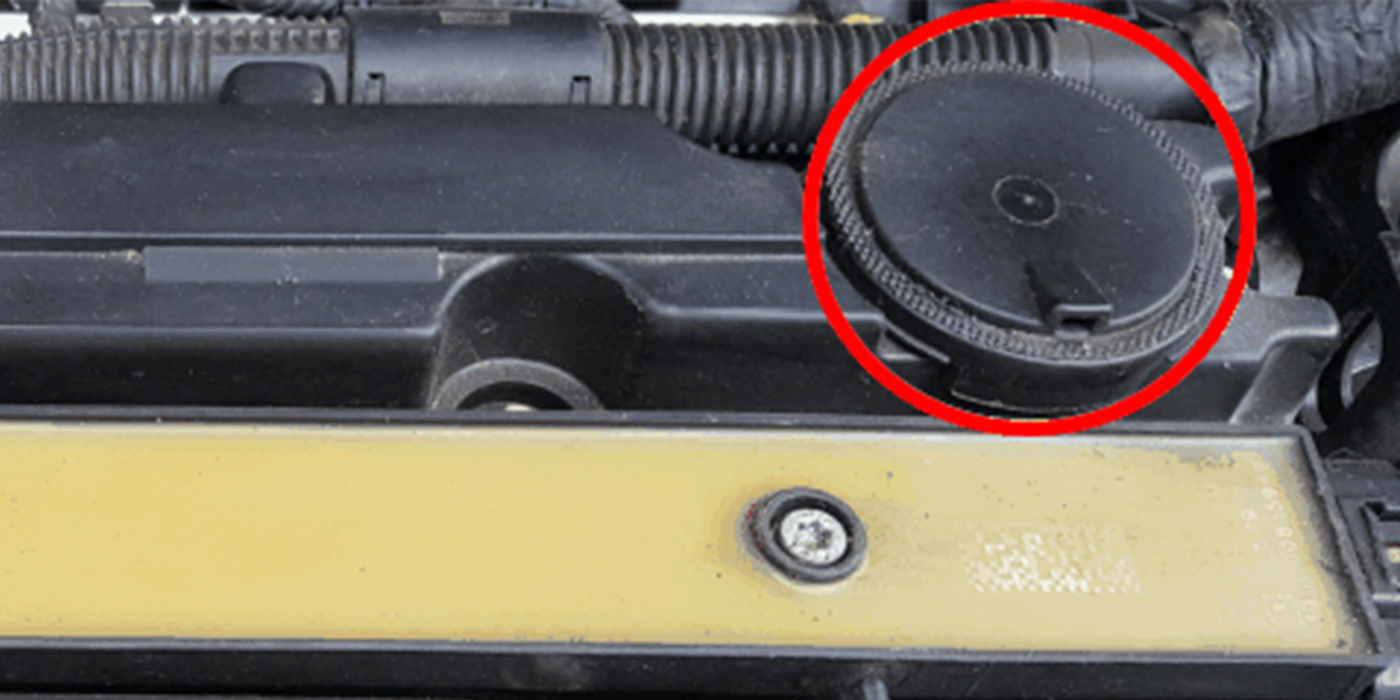
Other Posts
Alternator Testing For No Charge Conditions
Many alternator problems turn out to be nothing more than a bad connection at the alternator or a bad wiring harness.
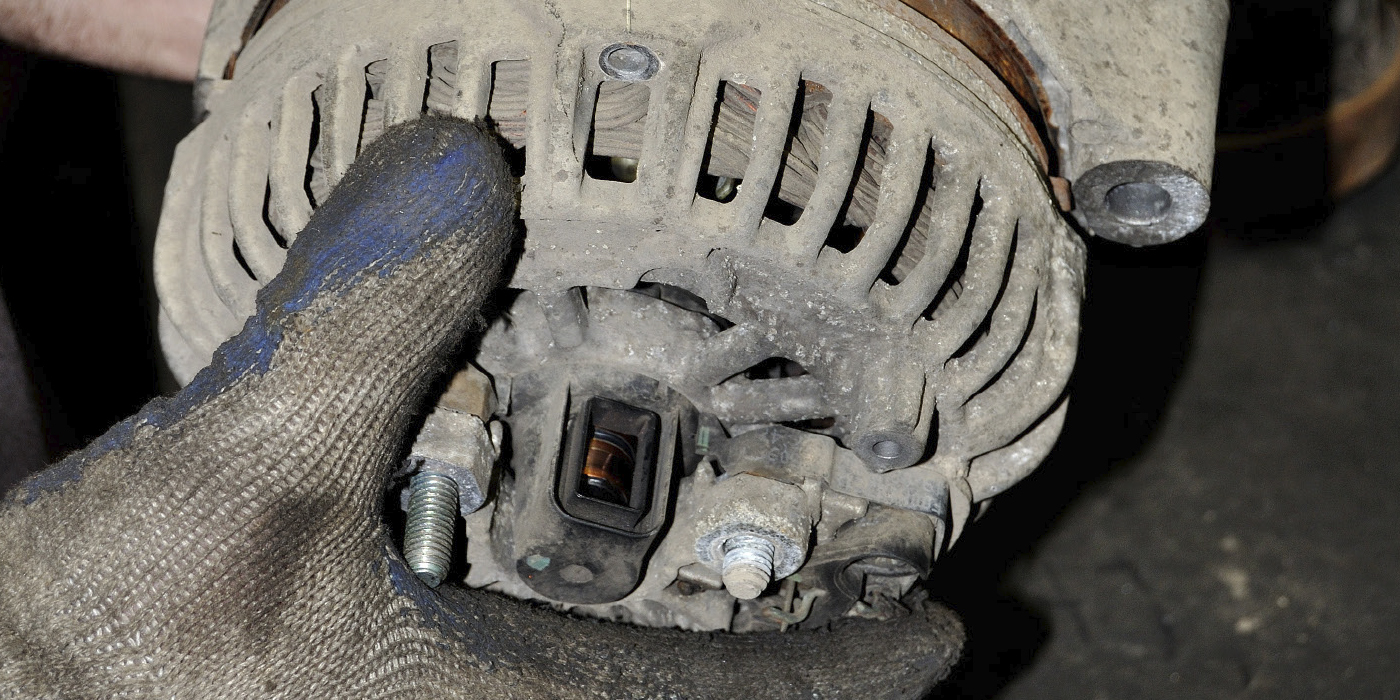
How-to Complete Emissions Monitors Faster
This video will focus on how a product like CAT COMPLETE can improve the chances of completing the monitors faster. This video is sponsored by Rislone.
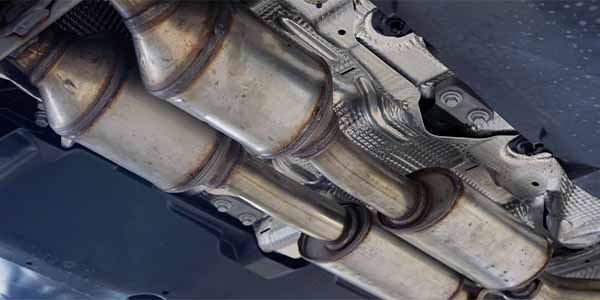
Understanding Coolants
All-season coolant used inorganic acid technology and worked great for almost 30 years.
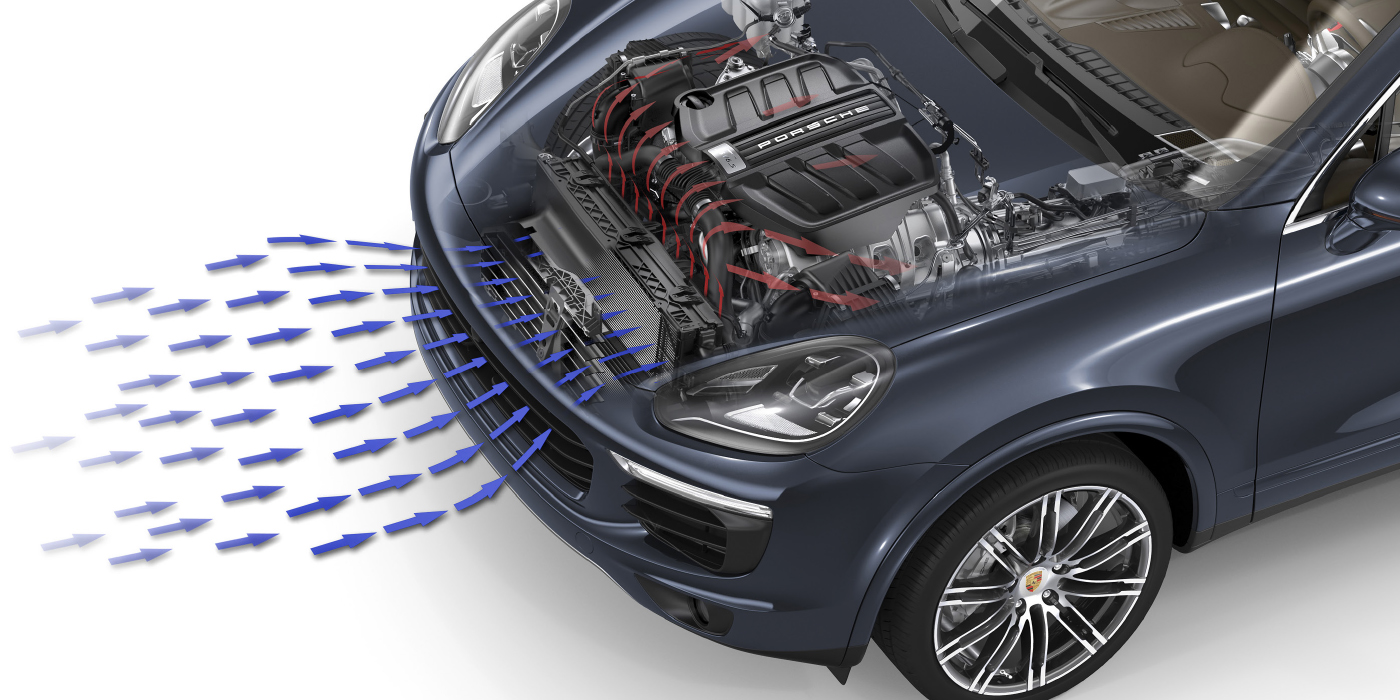
Ignition System Do’s and Don’ts
Why do ignition systems give technicians problems when diagnosing ignition-related misfires? The answer is that some technicians use tests that might give inconclusive results or do damage to the coil or drivers inside a module.
